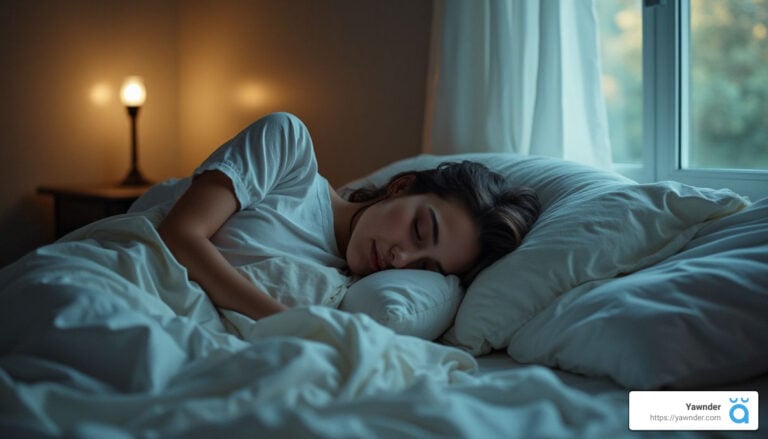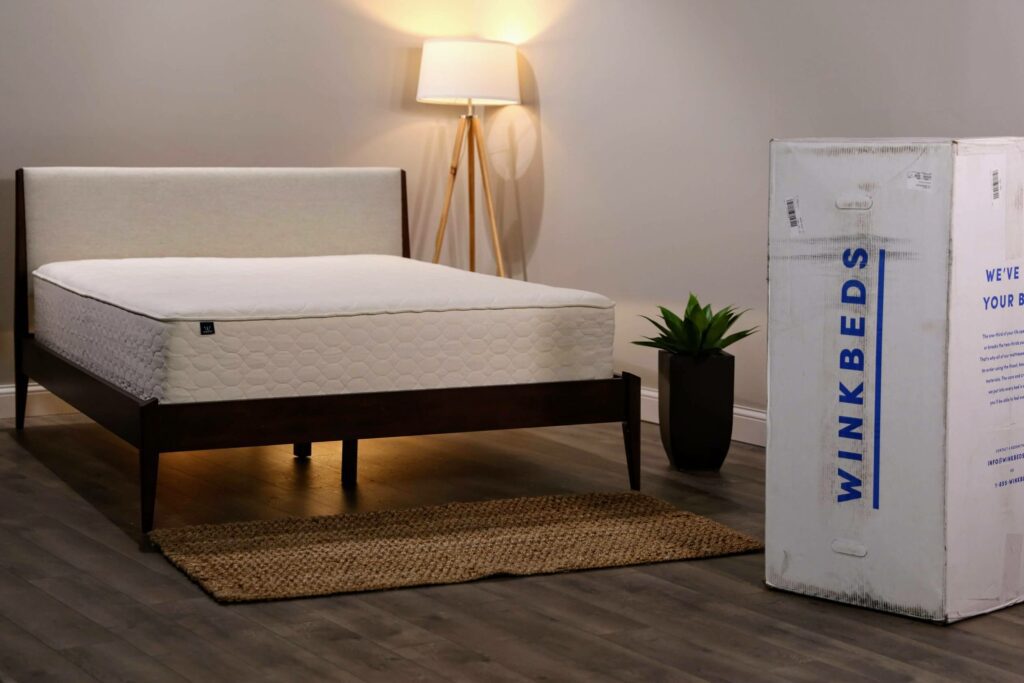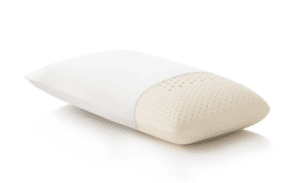All About Sleeping Sex: Understanding the Basics
Why Understanding Sleeping Sex is Important
Sleeping sex, clinically known as sexsomnia, is a captivating yet perplexing condition that prompts individuals to engage in sexual activities while they are asleep, often without any awareness of their actions. These actions can vary widely—from making sexually suggestive sounds to more elaborate behaviors like self-stimulation or even sexual intercourse. Understanding sleeping sex is vital for several reasons:
– What It Is: A parasomnia involving sexual behaviors during sleep.
– When It Occurs: Typically during the deepest phases of sleep.
– Why It Happens: Triggered by neurochemical and arousal disorders.
– Who Experiences It: Estimates suggest that up to 7% of adults may encounter this condition at some point in their lives.
– Impact: It can have profound emotional and relational repercussions.
Sexsomnia falls within a larger category of sleep disorders known as parasomnias, which also includes phenomena such as sleepwalking, sleep talking, and night terrors. These behaviors generally manifest during delta sleep, the stage where the body is deeply asleep yet paradoxically active. Sleep expert Dr. Carlos Schenck explains, “Your cognition is deeply asleep, and you’re not with the program, but your body is activated.”
As a sleep enthusiast dedicated to unraveling the complexities of sleep, I aim to shed light on the nature of sleeping sex and its implications for well-being.
What is Sleeping Sex?
Definition and Types of Sleeping Sex
Sexsomnia is defined as a form of parasomnia characterized by sexual behaviors executed during sleep. The scope of these behaviors can range from verbal expressions to intricate sexual activities, complicating relationships and creating potential distress.
The brain’s transitional states during sleep can lead to confused actions—where a person may be neither fully conscious nor fully asleep. This disconnect results in an absence of memory about the event upon waking, making it difficult for those affected to understand or control their actions. Dr. Schenck notes, “These are disorders of arousal… It’s like an alarm or trigger goes off in the central nervous system, and you go from your basement to your roof in no time flat.”
Causes and Risk Factors
While the exact mechanisms behind sleeping sex are not entirely understood, a variety of contributing factors exist:
1. Neurochemical Disorders: Irregular brain activity and slower brain waves can provoke a state of confusional arousal.
2. REM Behavior Disorders: REM sleep typically involves muscle paralysis, which prevents individuals from acting out vivid dreams. However, those suffering from certain disorders may retain motor control, resulting in involuntary actions.
3. Comorbid Sleep Disorders: A history of other disturbances like sleep apnea or bed-wetting increases the likelihood of experiencing sexsomnia.
4. External Influences: Factors such as fatigue, high stress levels, and substance use—including alcohol—can also trigger incidents of sleep sex, as evidenced by Canadian studies linking such behaviors to lifestyle choices.
The Science Behind Sleeping Sex
Neurochemical and Hormonal Influences
Neurochemical disorders play a crucial role in the occurrence of sleep sex. Abnormal brain activities can contribute to slower brain waves and inadequate oxygen levels due to disrupted breathing patterns. This state of confusional arousal creates fertile ground for parasomnias such as sexsomnia.
Hormones too have a role in this complex interplay. While oxytocin—the “love hormone”—is understood to enhance bonding and relaxation, its relationship to sleep phenomena requires further study. Prolactin and cortisol have also been implicated; increased prolactin post-orgasm can promote sleepiness, potentially leading to deeper sleep stages where parasomnias are prevalent. High levels of cortisol from stress can further complicate sleep quality, making the condition more likely.
Impact on Relationships
Navigating Sleeping Together vs. Apart
For couples dealing with sexsomnia, the decision to share a bed can create tension and uncertainty. Interestingly, sleeping apart doesn’t necessarily indicate conflict; many couples find that sleeping in separate rooms enhances emotional closeness while reducing disturbances. A 2023 survey from the American Academy of Sleep Medicine highlights that one-third of respondents occasionally opt for separate sleeping arrangements, emphasizing that emotional intimacy can thrive outside the same sleep space.
On the flip side, emotional distress resulting from sexsomnia can lead to additional complications in relationships. Open communication is essential to alleviate misunderstandings and emotional frustration stemming from these involuntary episodes.
Treatment and Management
Managing sleeping sex encompasses both medical interventions and lifestyle modifications.
Medical Interventions
– Clonazepam and Benzodiazepines: These medications can help calm the nervous system, potentially decreasing the frequency of parasomnia episodes.
– Treatment of Underlying Disorders: Addressing any coexisting sleep disorders is vital; anti-seizure medications might be necessary for cases involving seizure-related disturbances.
– Sleep Labs: Complete assessments in sleep labs can guide tailored treatment plans, pinpointing the specific issues contributing to sleep sex.
Lifestyle Modifications
Stress management and maintaining consistency in sleep routines are critical. Implementing calming activities such as yoga, limiting exposure to screens before bed, and fostering a conducive sleep environment can dramatically improve overall sleep quality. Ultimately, maintaining healthy sleep hygiene can significantly decrease the likelihood of experiencing sexsomnia.
Conclusion
Sleeping sex remains a complex and often misunderstood condition that can deeply impact both the individual and their partners. By gaining awareness and employing effective management strategies, including medical interventions and lifestyle changes, those affected by sexsomnia can navigate its challenges more effectively.
At Yawnder, we recognize the significance of addressing sleep disorders comprehensively. Our carefully curated selection of sleep products is designed to enhance your quality of sleep, ensuring you can enjoy restful nights and improved overall well-being. Explore our offerings today and take the first step toward conquering the complexities of sleep for a healthier tomorrow.



















